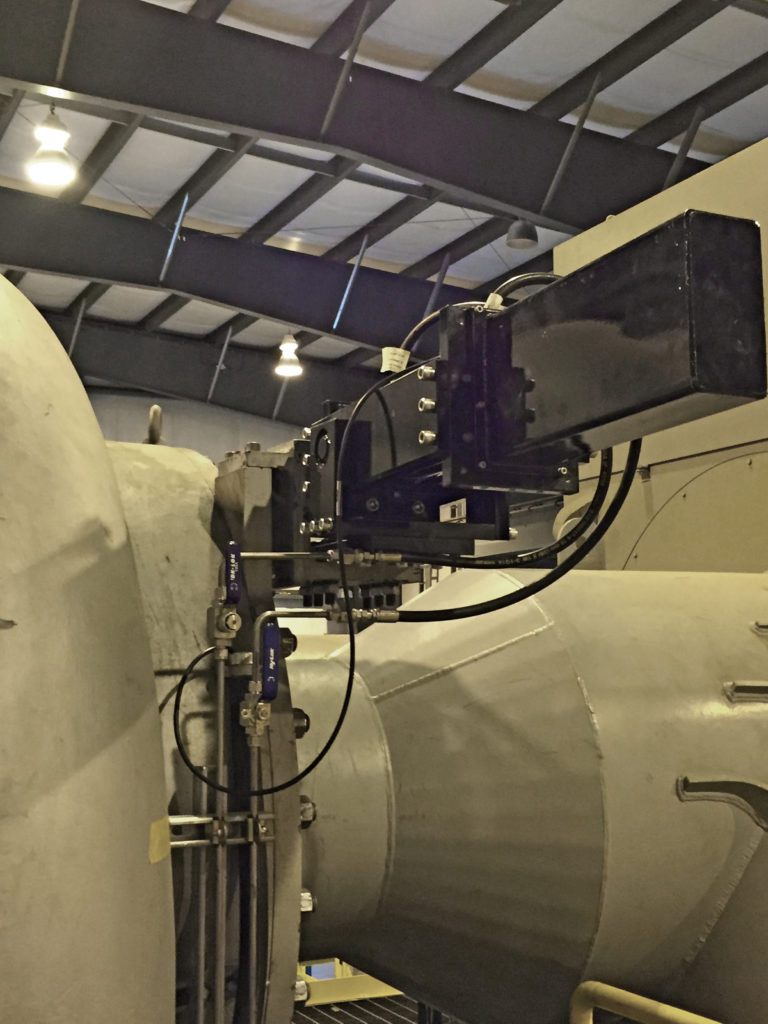Success Story: Nickel Mine Oxygen Compressor Inlet Guide Vanes
A large nickel mine in Ontario, Canada produces nickel metal, which is used in the manufacturing of smartphones and rechargeable batteries that power electric cars. Sulfur dioxide (SO2) is a major air pollutant emitted in the roasting, smelting, and converting of sulfide ores. Fortunately, the SO2 is recovered and utilized to make sulfuric acid (H2SO4), an important coproduct that contributes to the mine’s operational revenue. This high-grade sulfuric acid is used to make recyclable fertilizers and paper products.
Oxygen gas is an important precursor compound required in the expanded process to make sulfuric acid. The gas is generated on site and supplied to the nickel smelter where it is used in flash furnaces that produce iron oxides, sulfur dioxide (SO2), and nickel matte. The sulfur dioxide produced by flash smelting is used to make sulfuric acid,
removing the major environmental effect of smelting. Pressurized oxygen must be available to the nickel smelter, or the acid plant will need to halt operations – potentially costing up to $60,000USD per day in revenue. This very scenario worried the nickel mine’s acid plant operations management team since a legacy oxygen plant was being
decommissioned. This meant there was no longer a backup supply.
The plant has two multistage centrifugal compressors, each powered by a large electric motor. Accurate positioning of the compressor inlet guide vanes (IGVs) is necessary to precisely control the gas throughout the compressor. Doing this effectively ensures the most efficient gas flow through the compressor. The plant operations group grew increasingly frustrated with the pneumatic actuators’ poor performance in positioning the IGVs. The mechanical position switches would drift—requiring recalibration every 6–8 weeks. Due to the compressibility of air, the compressor turndown increased to safely operate without surging, at the cost of compressor efficiency. In 2016, both compressor IGVs were upgraded with six REXA Electraulic™ Linear Actuators. Plant personnel immediately noticed improved accuracy—repeatable to 0.1% of span, regardless of process conditions.
The plant also noticed significant energy savings, since the Electraulic™ Actuators accurately controlled at a higher maximum capacity flow within turndown range. Each compressor had a 0.5 MW power reduction due to the improved air flow and higher compressor efficiency. The annual savings in electricity are calculated to be $1,092,000 USD per year.

Literature
Read the full Success Story by downloading here!
